Violence, gangs cast pall over life in Honduras
People stand next to the coffin of Saylin, 14, who, according to the police, was killed by Barrio-18 gang members, during her funeral, in Tegucigalpa, Honduras in July.
Ana Luz, sister-in-law of Ronald Blanco, looked on grimly as neighbors of the murdered Honduran man washed away the rills of blood left where his bullet-ridden body had lain outside his house in a troubled barrio on the outskirts of Tegucigalpa.
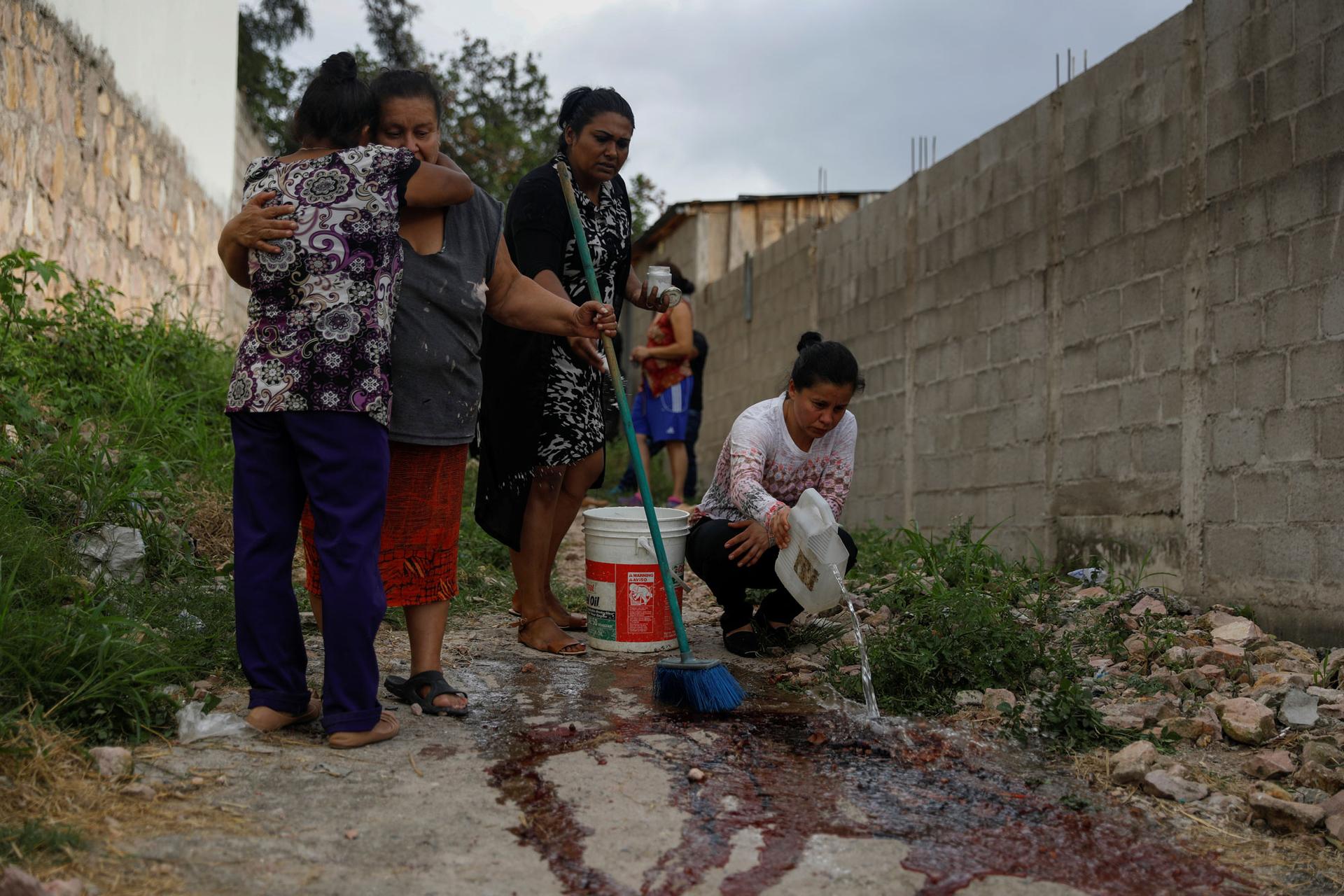
It was just one of many scenes I witnessed this year while on assignment in Honduras, where thousands of people sought to escape violence and poverty by joining with other migrants in the hope of making it to safety across the Mexico-US border. The problems in this small Central American country grabbed international attention as US President Donald Trump cracked down on illegal immigration.
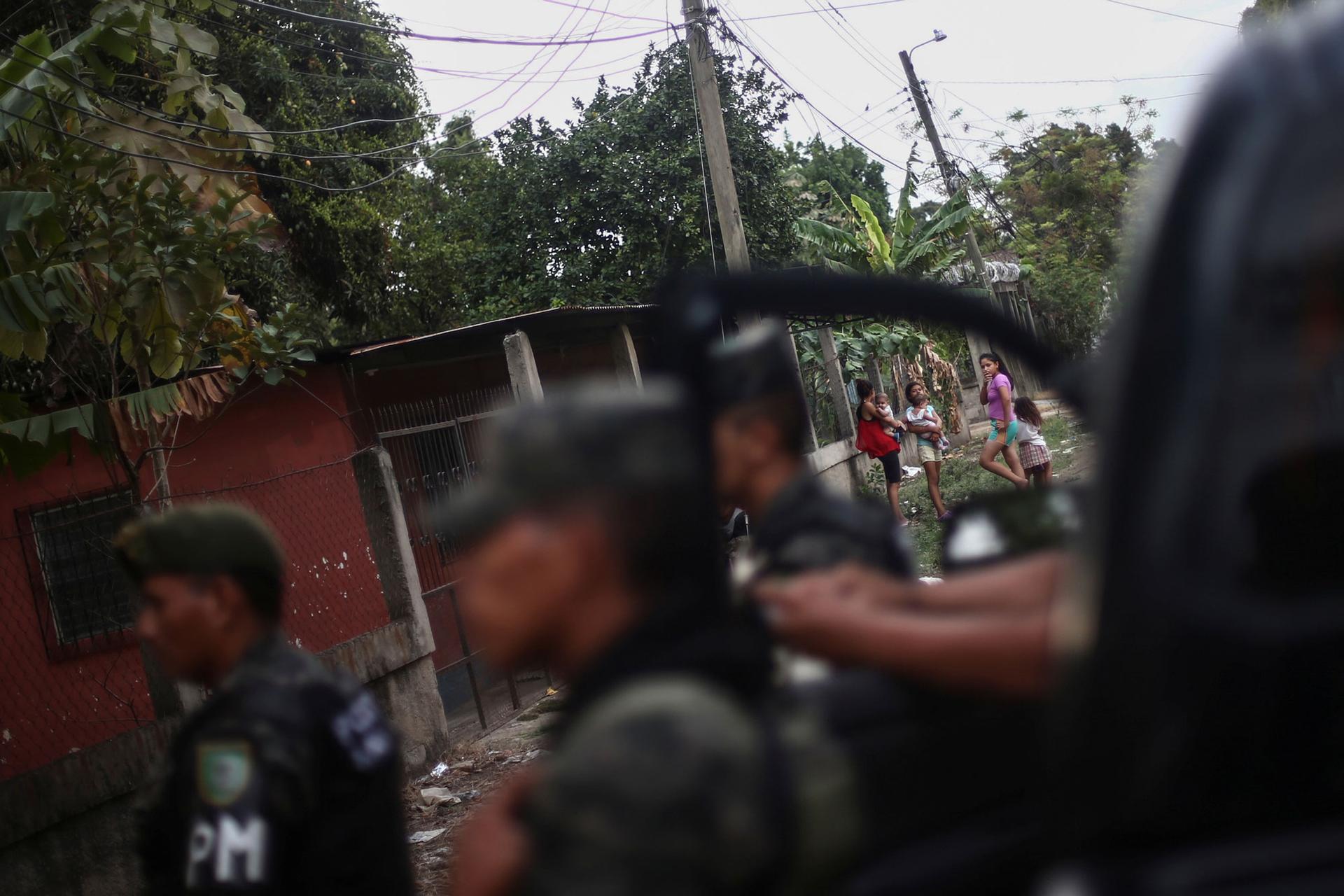
Honduras has for years been one of the world’s most murderous countries. Though official data show the homicide rate has fallen sharply, it continues to be a highly challenging environment in which to work.
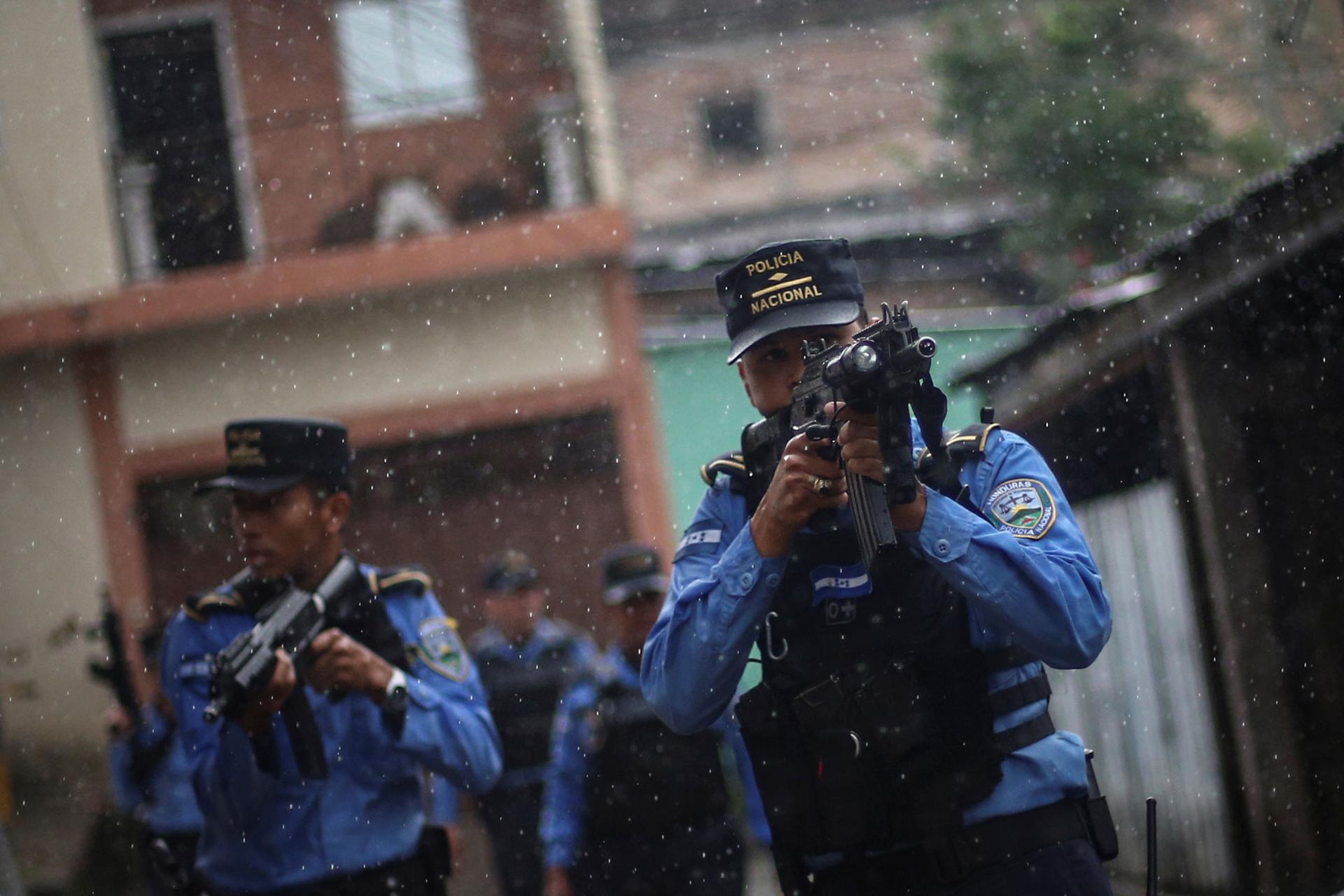
According to Honduran government figures, the homicide rate reached 86 per 100,000 people in 2011-2012. In 2018, the rate should end below 40 per 100,000, the security ministry says. This compares to the latest statistics in the United States, where there were 5.3 murders per 100,000 in 2017, according to the FBI’s most recent report.
Danger in Honduras is never far away.
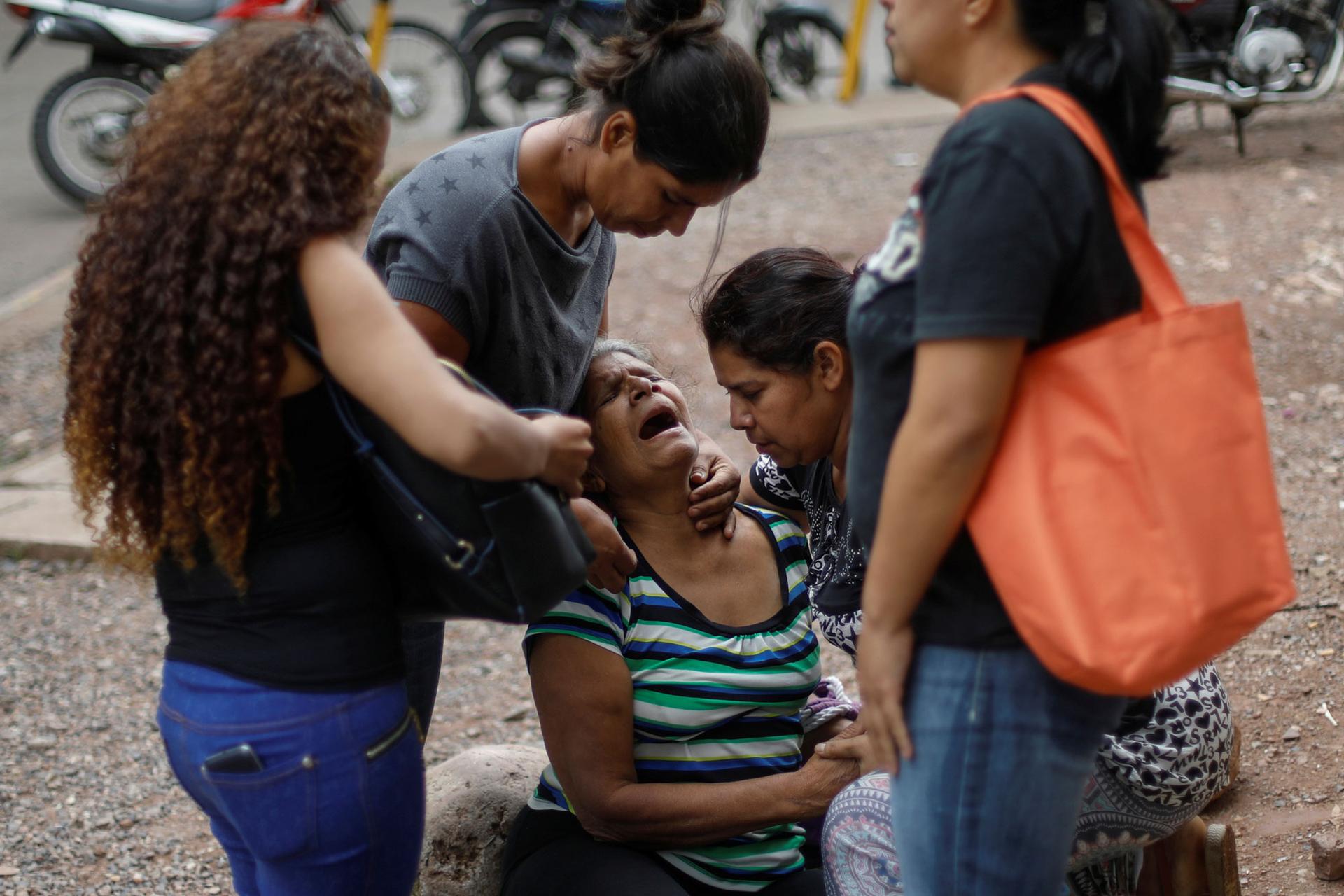
During my roughly three months spent in Honduras in 2018, I photographed mothers waiting at the morgue for the bodies of murdered sons and daughters, police keeping watch over corpses left lying on streets after shootouts and families wailing over the coffins of loved ones.
Blanco, 37, lived in the Japon neighborhood, a breeding ground for gang violence, according to local authorities. It was here that I experienced the most tense moment of my time in Honduras, as I moved between police, soldiers, gang members, forensic experts, hearse drivers and pastors.
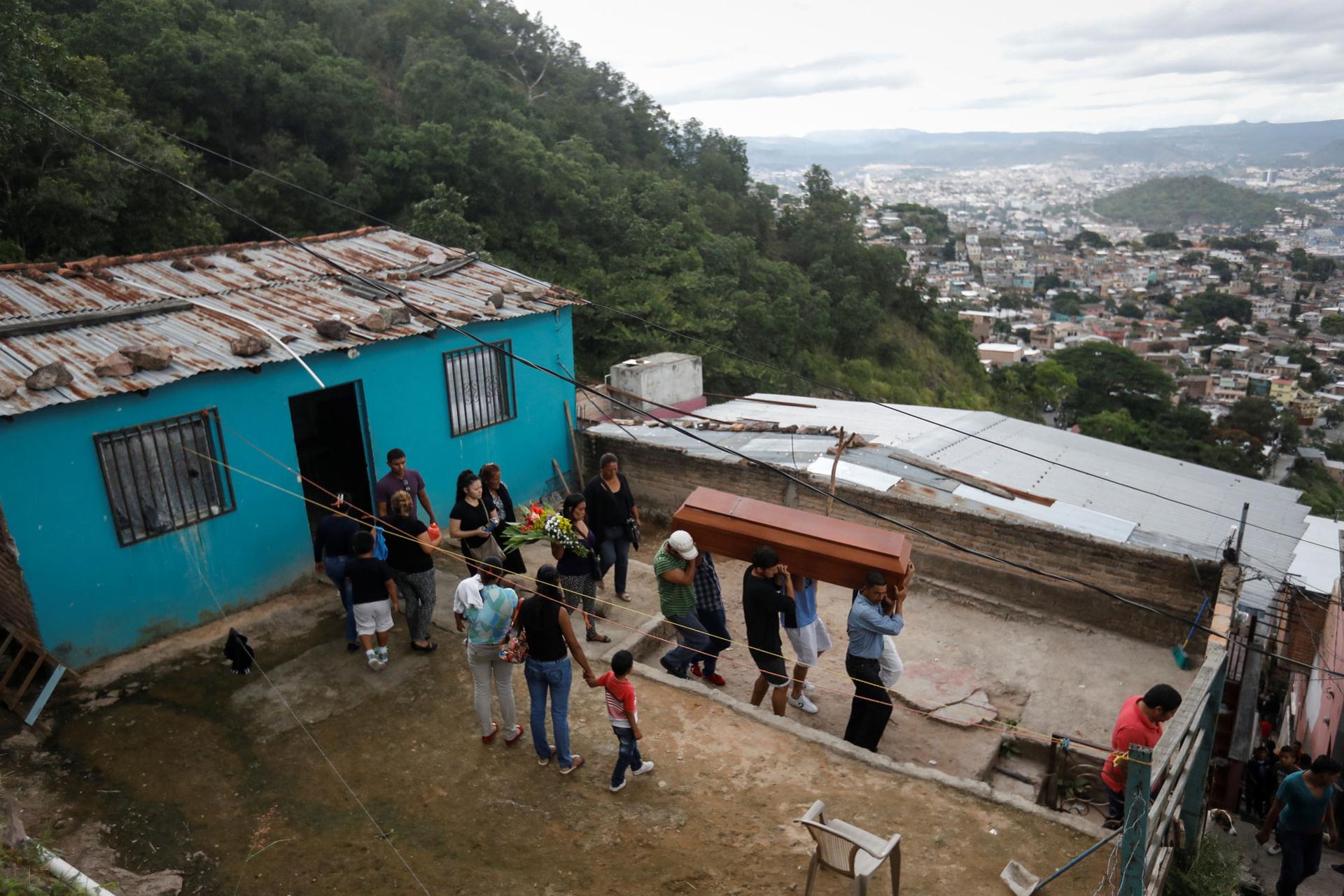
At Blanco’s funeral, I was stopped by a young man with piercing eyes, one green and one blue. He demanded to know why I was there.
I explained that I was a journalist taking photographs of the event. But the youth kept pressing me with questions about what had brought me to Blanco’s funeral. As I continued taking the photos, I felt increasingly uncomfortable.
Finally, the tension eased when one of Blanco’s friends intervened, saying that the grieving family had authorized my presence.
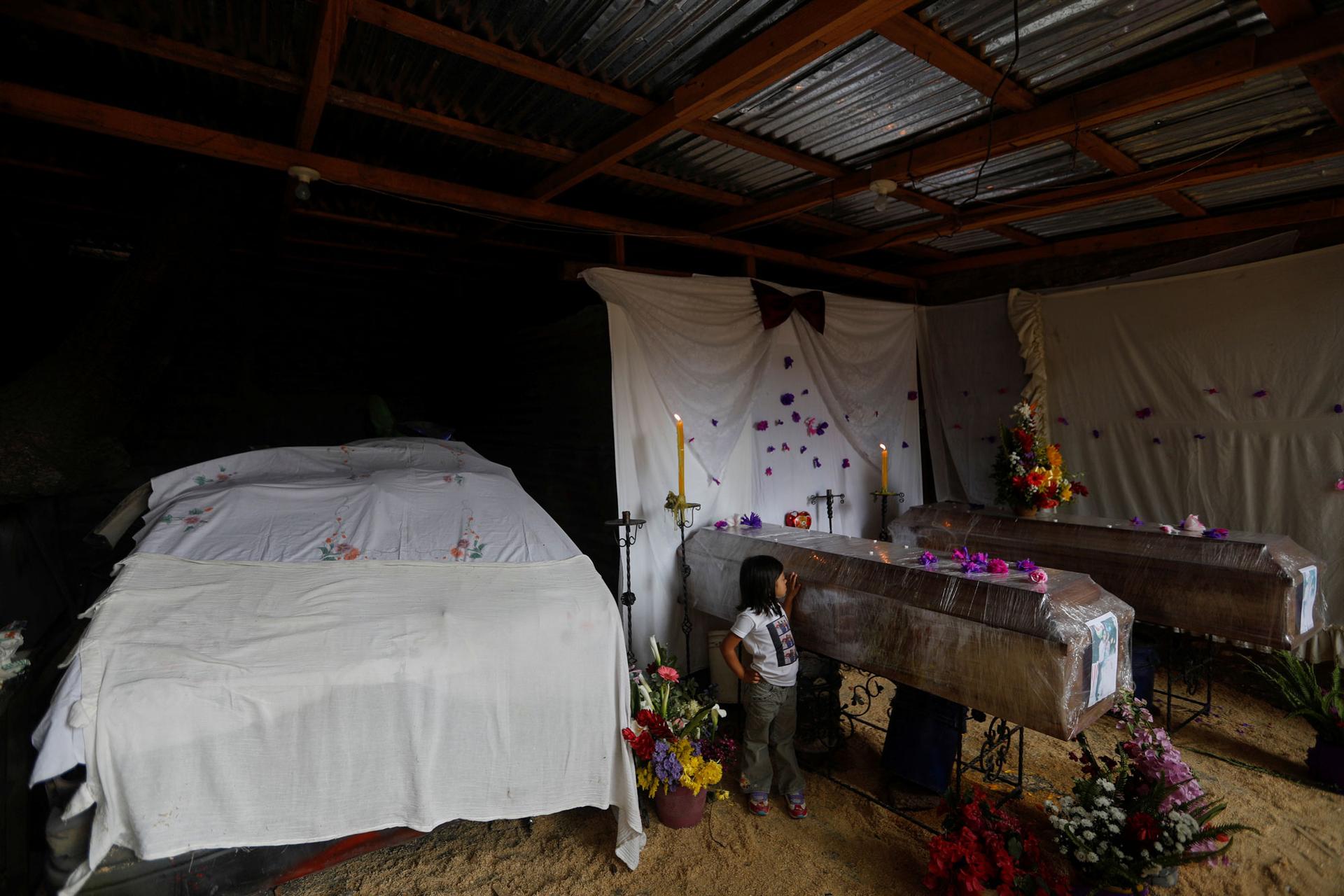
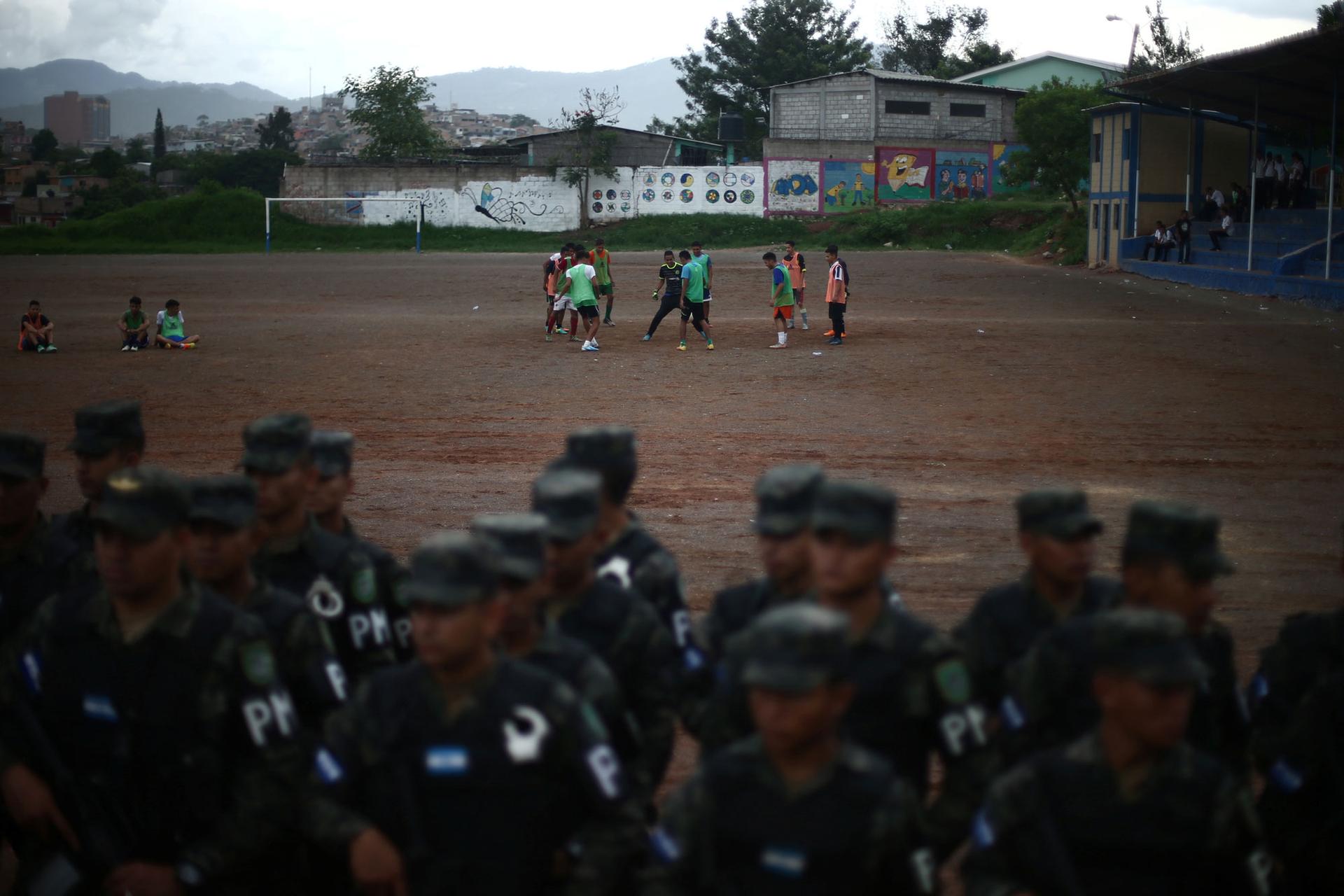
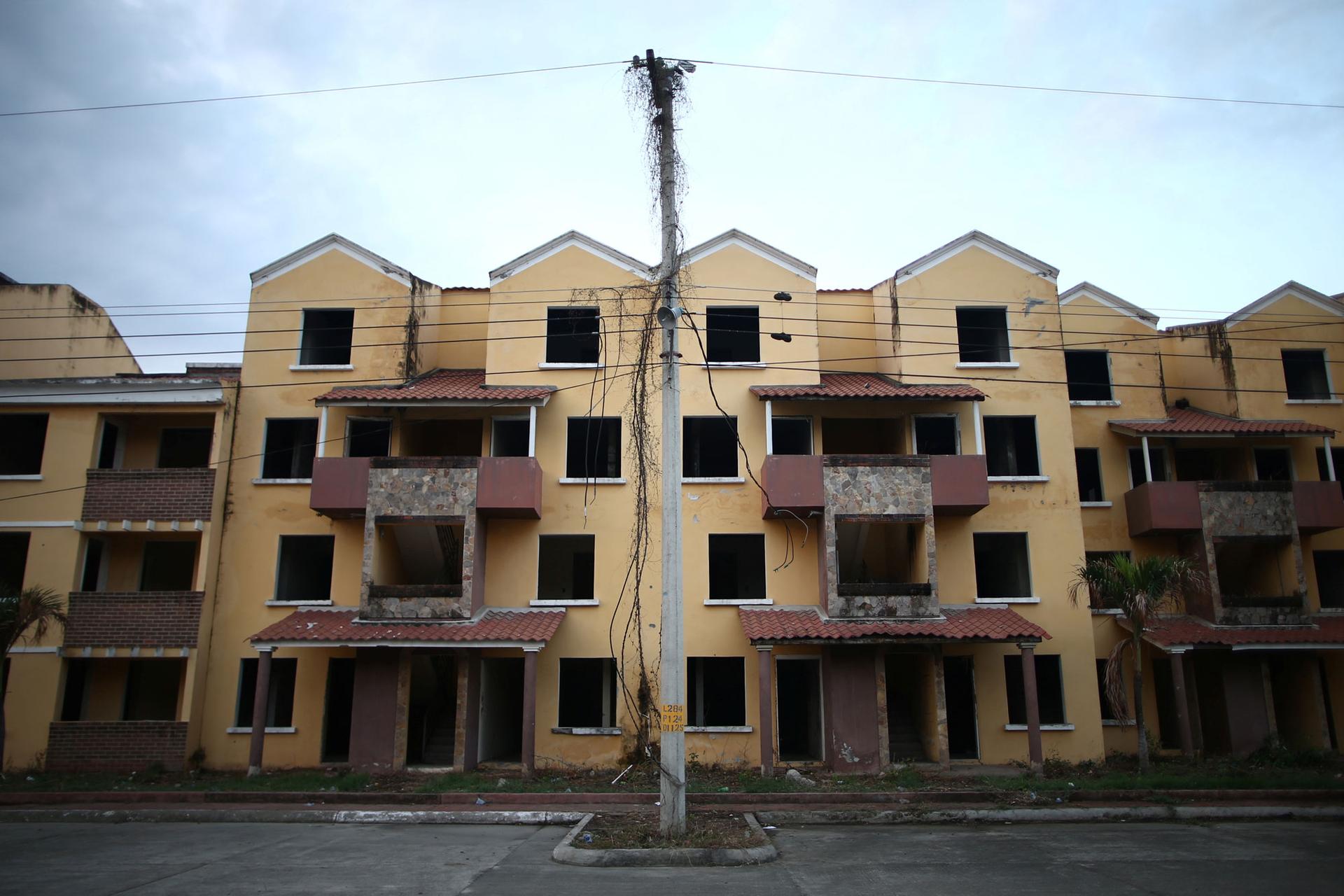
By Edgard Garrido/Reuters
Reporting by Edgard Garrido; Additional reporting by Delphine Schrank; Writing by Daina Beth Solomon and Julia Love; Editing by Diane Craft.
Our coverage reaches millions each week, but only a small fraction of listeners contribute to sustain our program. We still need 224 more people to donate $100 or $10/monthly to unlock our $67,000 match. Will you help us get there today?
